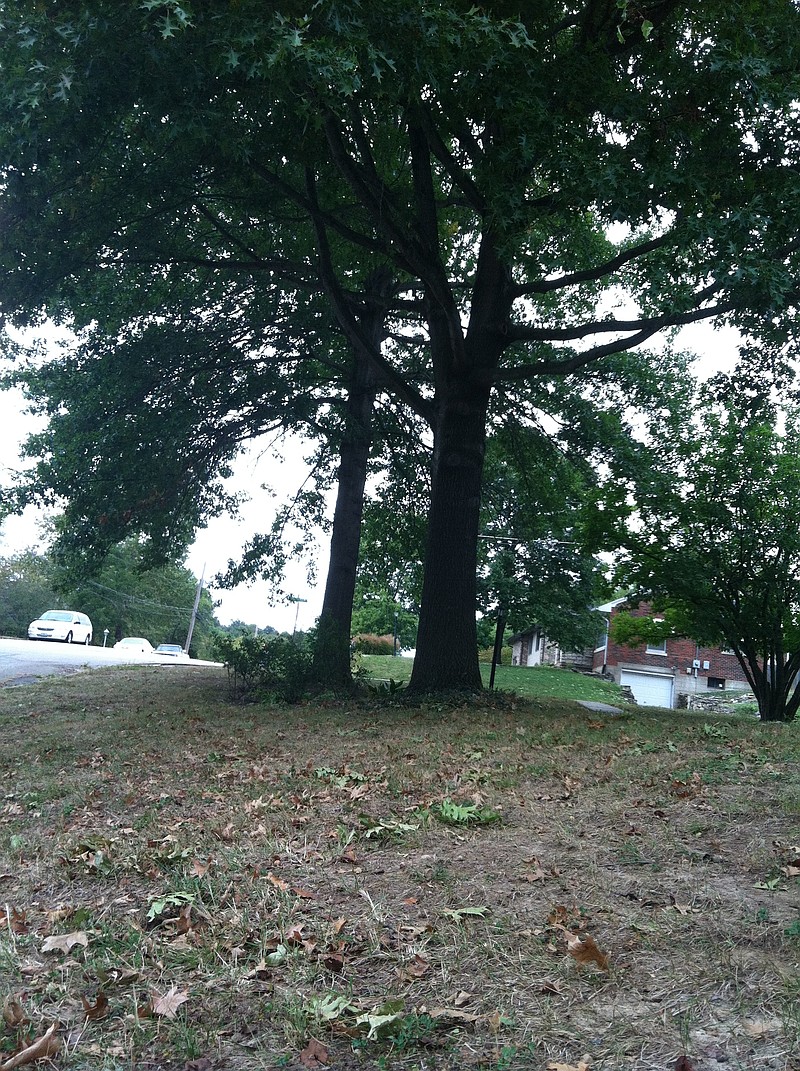Q: I was at your extension center and saw a bush on the southwest corner that has a string of bright purple berries on it. What is it? I might like to plant it. Where would I get one?
A: Thanks for noticing our American Beauty Bush. Our Master Gardener volunteers do the lovely landscaping of our extension grounds, and there are a number of interesting and different plants to use for ideas. This bush has been a darling of the native plants for a few years, being splendid in the fall. The flowers in the spring aren't too showy but benefit pollinators. The berries are good for wildlife and will provide nice color for two to three months. We purchased that plant from Missouri Wildflower Nursery. Given the popularity of American Beauty Bush many independent garden centers are carrying it. Fall inventory is always less than spring availability, so call before your drive. Fall is a good time to plant woody shrubs or trees. They will grow roots slowly, from fall through spring, and be well adjusted for next year. One doesn't need to keep them watered once they drop their leaves.
Q: I'm interested in a fall cover crop for my vegetable garden. What are some good options? Where can I get these easily and cheaply?
A: My favorite vegetable garden cover crop is buckwheat; it comes up so quickly in four to seven days. However, it does get killed by frost so it is getting late for it. If you don't want any live cover next spring, oats is a good choice as is annual ryegrass. Both tolerate the cold but will eventually get killed when temperatures go below 20 degrees Fahrenheit. Any of the plants of the Brassicas can work - mustard, turnip and Asian radish are commonly used and generally will winter kill. If you want green cover next spring, then winter wheat is the simplest choice. Our publication "Organic Vegetable Gardening Techniques'" (extension.missouri.edu/p/G6220 ) has a table on the seeding rates of common cover crops.
Pay Way Feed Store is a good place to stop in for product like this. Another is Morgan County Seeds, which generally ships promptly and the mail time is short. A frugal gardener tip is to take old or unwanted seed and use it. I did that once with some arugula seed I was concerned was getting old and it worked great.
Q: I got a pawpaw fruit and am interested in growing it from seed. How can I do this?
A: The easiest option is to plant it now about one to 1 inches deep. I would suggest planting about five seeds in a location where a tree is desired in a 6-by-6 inch area. Then mark with a flag, as the seeds won't emerge until late summer. You could let whatever comes up grow until the spring of 2019 or 2020 to select the tree you want to grow on. One does need two pawpaw trees to cross-pollinate, so you should pick two places to establish a tree.
Another option is to buy two improved cultivars of pawpaw. Several cultivars are now available as grafted trees about 2 or 3 years old. Most of the improvements are larger fruit size with fewer seeds and color change to indicate ripening. Contact our office if you need suggestions on where to purchase.
Q: We're experiencing many leaf clumps falling from our two pin oak trees. Is this just probably squirrel activity? (We do have many squirrels.) Clumps are green without much sign of disease it looks to me, although there are tiny brown spots on some of them.
A: This matches the symptoms of the oak twig pruner, which is a beetle. The larvae develops inside the dropped twigs. So the cultural prevention is to pick up the twigs and destroy. Don't just rake them up around the base of the tree. Pick them up again if it happens, which may happen in the late spring. It really isn't practical to spray a giant oak tree, nor would it make much difference, as this pest is only considered a nuisance.

